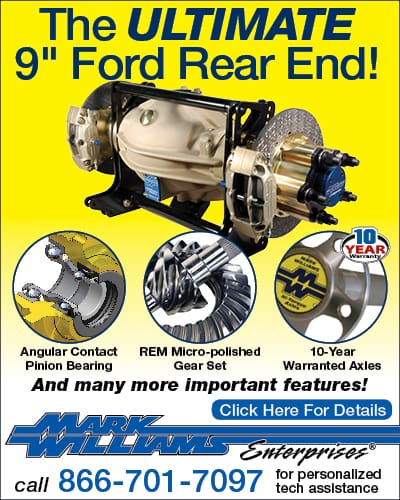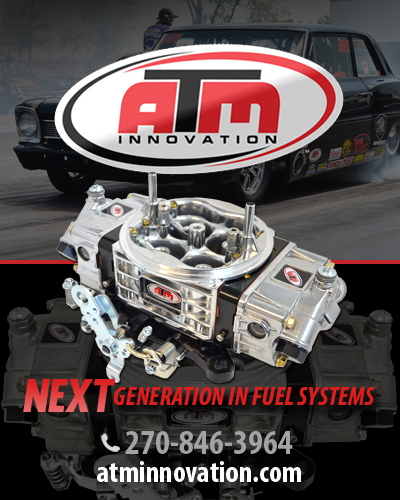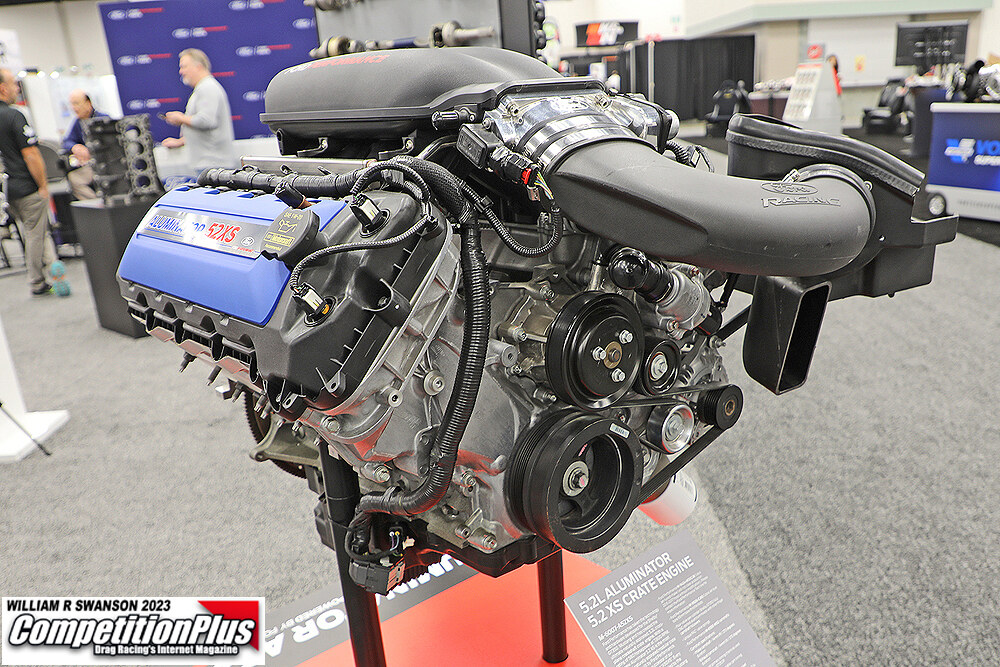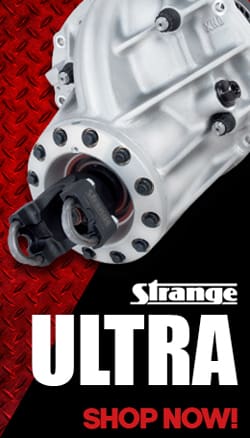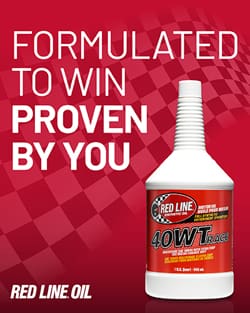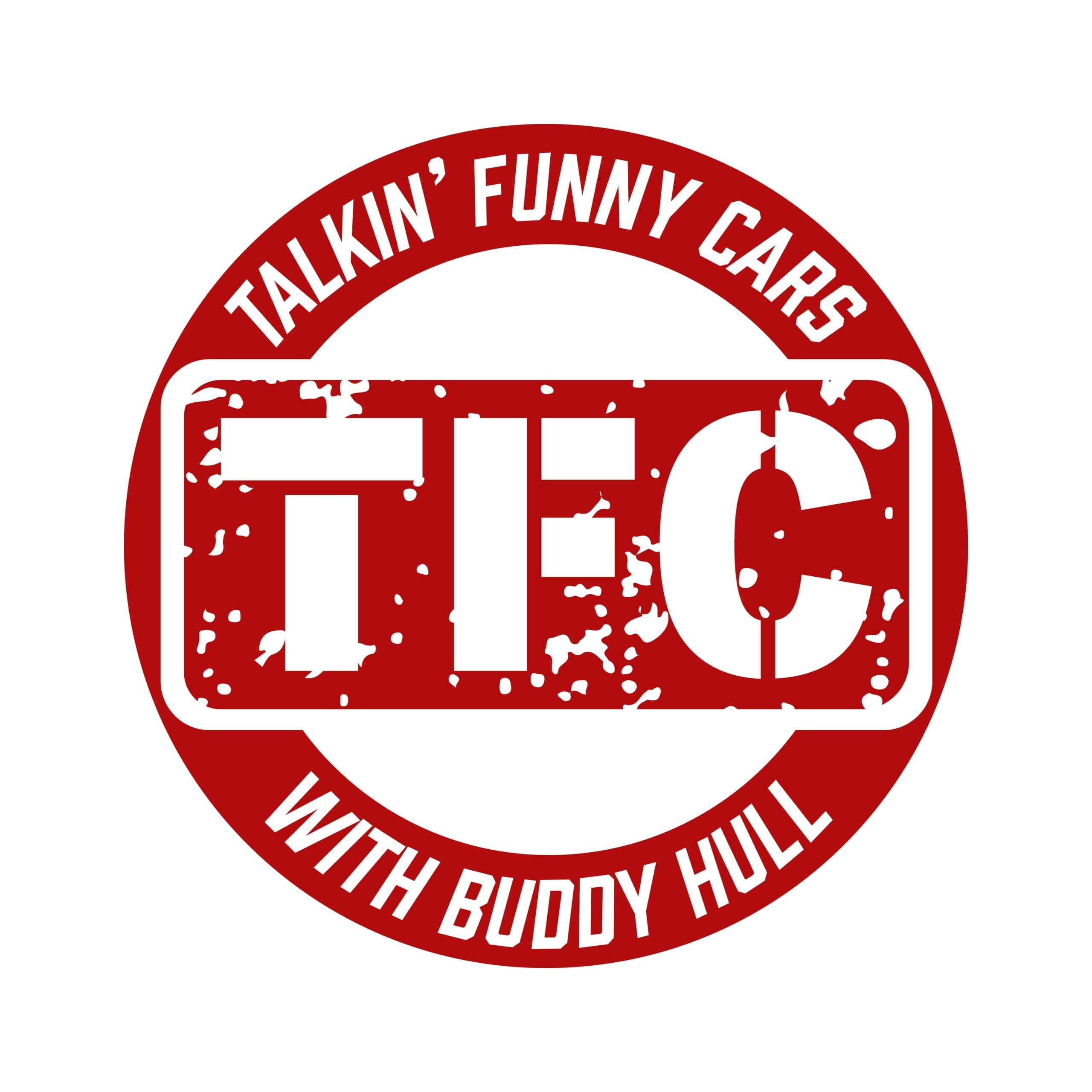
Like everyone else in California, Prudhomme’s under a stay-at-home order during the coronavirus pandemic — “the damndest thing I’ve ever seen out here” — but the winner of 49 NHRA national events and four titles is far from inactive.
The San Diego resident, ranked No. 3 on the list of NHRA’s top all-time drivers, is wrapping up a new biography with author Elana Scheer called “Don Prudhomme: My Life Beyond the 1320.” And he’s eager, like everyone else involved in drag racing, to get back to the track for a faceful of nitromethane fumes as part of the John Force Racing operation.
“We’ve been kind of busy. We’ve got the writing part of the book done, which is about a year and a half’s work, and now we’re selecting the pictures,” he said. “I’m turning 79, I might as well tell the truth.
“We were hoping it’d be ready for mid-summer, but with all this virus stuff going on it’s hard to tell when it’ll actually be available. The people that’re interested in it, if they’ll just get a’hold of CarTech Books in New York, they can get their name down to get a copy. I talk about stuff in it that I’ve never talked about before.”
He took time out Wednesday to discuss a wide variety of topics from his beginnings in the sport in the early 1960s to today’s involvement with the Force team and driver Austin Prock.
CP: Anybody who drove a front-engine Top Fueler is a bad dude. Tell us a little about your early memories of driving one of those.
Prudhomme: You had to be a little gritty back in those days to drive one of those things. Those were pretty wild. Every run you’d take was a wild ride back then. Probably the first one I remember was when I had a 96-inch wheelbase dragster with a Buick engine. We took that out and put a blown fuel engine in this little wheelbase car. Ran 180 miles an hour with it at San Fernando Dragstrip, my home dragstrip, and went over there and set the record in this short little car. It went from side to side going down the track and finally made it to the lights and set a record.
CP: Did you ever have one blow up in your face?
Prudhomme: That was just part of the deal. As you get going down through the quarter-mile there, you could feel the engine maybe leaning over, and you’d kind of duck your head and make sure if it blew up, parts wouldn’t knock you in your helmet. We had facemasks on, but open-face helmets.
CP: How did the transition from dragsters to Funny Cars occur?
Prudhomme: I did that twice. The first time I did it was 1970 when Tom McEwen and I got together with Hot Wheels sponsorship, Snake and Mongoose. We switched from dragsters to Funny Cars, and I didn’t like it. Mattel wanted us to run Funny Cars and I wanted to run dragsters, but we weren’t arguing the fact because they were sponsoring us. ‘Yessir, if you want Funny Cars, you bet,’ because they were paying the bills. The fans liked the Funny Cars more than the dragsters, but I was like a dyed-in-the-wool dragster guy. I wanted to be the fastest car at the racetrack, which dragsters normally were. Instead, I had to drive this Funny Car, which just wasn’t to my liking, but it sure paid the bills — and it grew on me. I built a new Funny Car the following year and it was bad ass, it really hauled the mail and was really competitive.
I started really liking Funny Cars and went on and won four championships (1975-79). Match racing was our bread and butter. Pros nowdays never heard of match racing, but we barnstormed all around the country doing that stuff.
CP: Ed “The Ace” McCulloch told us he once drove non-stop overnight from a match race to beat you to the next track just to beat you there; that you guys were that kind of competitive.
Prudhomme: Yeah, that’s true. Especially if we knew the track and there was a nice place to park. A lot of times the track promoter would hold a space for us, and somebody else would pull in there and they didn’t want to give up the space. Sometimes it was the only piece of asphalt to work on. The rest of the time you had to work in the dirt.
CP: How did you land the Army sponsorship after the Hot Wheels deal ran out?
Prudhomme: We recruited them. We went looking for the Army because they were spending money in magazines, advertising. It was a volunteer Army, so we worked with the recruiters in high school and stuff, and it ended up being a really nice program. I got to talk about highway safety and going to dragstrips to do your racing, not on the street, and I think a couple of kids listened to us. Some of them found opportunities to join the Army and make something out of themselves, so it worked out great. That was for about six years, a good run.
 CP: What was the key to dominating Funny Car those four years? It was as if you and (crew chief) Bob Brandt could do no wrong.
CP: What was the key to dominating Funny Car those four years? It was as if you and (crew chief) Bob Brandt could do no wrong.
Prudhomme: It was just one of those deals when a team has all their stuff going for them. A lot of teams go through that. Like that group that’s running really good now (Steve Torrance and his father, Billy), they’re just on a complete roll. We were like that with the Funny Car, and John Force has been like that for many years. Those were times when we worked very hard, and we just had a really good thing going. We just outworked them, I think.
CP: You had Pepsi on the Funny Car after the Army, then you got Skoal to sponsor you and you switched back to Top Fuel. Talk about that decision.
Prudhomme: It was a big mistake to go back to Top Fuel. I thought we could just take the engine out of the Funny Car and put it in the dragster and kick everybody’s butt. We didn’t realize that the dragster was a lot different in the way you had to run it from the Funny Car, so it took us about a year to get caught up. It was a helluva’n experience.
CP: When you retired in the mid-90s and became a team owner, you fielded three cars. What was that experience like?
Prudhomme: It was a pain in the ass, to be honest with you. The problem I had was the crew chiefs didn’t get along. That just turned into a mess. We did have some good runs, though. Ron Capps finished second in (Funny Car) points one year and (Larry) Dixon won two championships in Top Fuel (2002-03). I had 125 national events (wins) with all the dragsters and Funny Cars when I drove and my team guys. Larry, I think, had 40-some national-event wins driving for us. We had a pretty good run at it. But at the end of ‘08, ‘09, the economy turned to (expletive) and we couldn’t find a sponsor. We decided to shut down. I had been doing for long enough, and I thought it was just a good time just to get out, just to stop. The sponsorships just weren’t there.
CP: Kenny Bernstein, one of your contemporaries, said last week that at the end of his run as a team owner he couldn’t compete as a one-car operation against the multi-car teams. He said he recommended that NHRA was wanting to limit it to four cars per team when they asked him about it, and he thought two should be the max. What’s your opinion on that subject?
Prudhomme: If you have a single-car team, you can’t get as much information versus a four-car team. Kenny’s probably right; it’d have been better to stick to just a two-car team. I think four is a little too much.
 CP: Are you concerned what happens to the sport if the multi-car team owners such as Don Schumacher, Connie Kalitta and John Force go away?
CP: Are you concerned what happens to the sport if the multi-car team owners such as Don Schumacher, Connie Kalitta and John Force go away?
Prudhomme: Yes, I think we all are. But I’ve been doing this a long time, and it seems like there’s always somebody else who comes along and takes their place. Who would ever dream that the Torrences could run two fuel dragsters and dominate and pay for it out of their pocket? There are plenty of guys out there doing this sort of thing that have that kind of money. But if Schumacher and Force decide to quit, it’d leave the sport in bad shape, but I wouldn’t worry about them quitting. Pro Stock’s the same way. They don’t talk about them as much, but just to compete in Pro Stock takes millions of dollars.
The fuel cars, they need to put some more rules on them … to keep the speeds down. The problem is that the guys that’re doing it seem to be a lot smarter than the guys that’re making the rules. That’s the way it’s always been. There are a handful of people at NHRA that make the rules — I’m talking a handful, four or five people — but there are hundreds of crew chiefs and mechanics out there trying to figure out ways to make it go faster even when they’ve got a rule.
I don’t know, man, I don’t know where this thing’s going to end up. I think they’ve got a pretty good handle on it now. The cars are running so close together it’s scary. One 100,000th of a second separates the No. 1 qualifier to, say, third, it’s so tight out there. I think NHRA’s doing a good job keeping that going, it’s just expensive to do. I don’t have the answer to the expenses. I did it all my life and still can’t figure it out. I don’t think anybody in racing, whether it’s IndyCar or NASCAR, can figure out how to cut the budget, especially when you’re trying to beat the guy next to you. The Army car we had, we took that rulebook and stretched the (expletive) out of it. But now you can’t twist the rules at all or they’ll nail you, but that’s why you see the cars running so close. Damn near all of them run about the same E.T.s and speeds.
CP: How’d you get back into the sport in 2019 after being out for several years?
Prudhomme: My involvement is I brought a sponsor to John Force Racing and (driver) Austin Prock. They were looking for a sponsor, I happened to know someone who wanted to go drag racing, so I married them together. It got me back in the sport, which I like. I don’t own anything, but I get to participate and be a part of the team and give some advice to Austin and give some advice to John whenever he’s looking for it. I’m a part of the team, and I’m having a great time racing with those guys.
CP: How often do you show up at the races?
Prudhomme: I get to go when I feel like it, and most of the time I feel like it. I got the bug again, y’know? Austin took to it like a duck to water, man. He used to drive some sprint cars and stuff, and when he got behind the wheel of a dragster, man, he had good car feel. I didn’t have to show him a damn thing, he knew how to do it. No kidding, he’s good.










